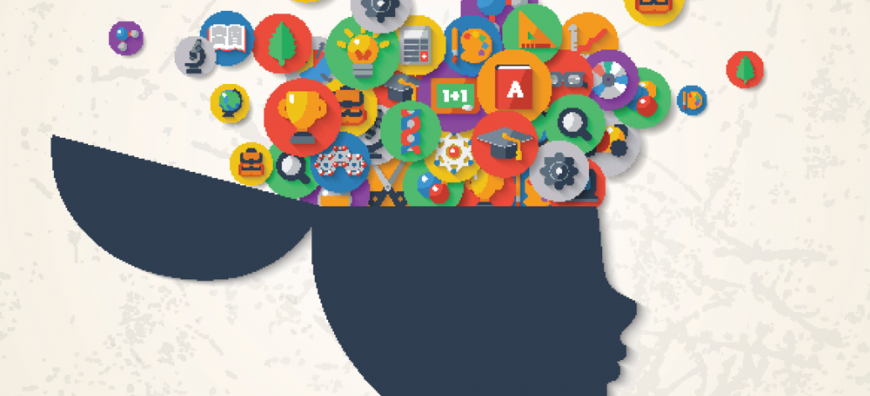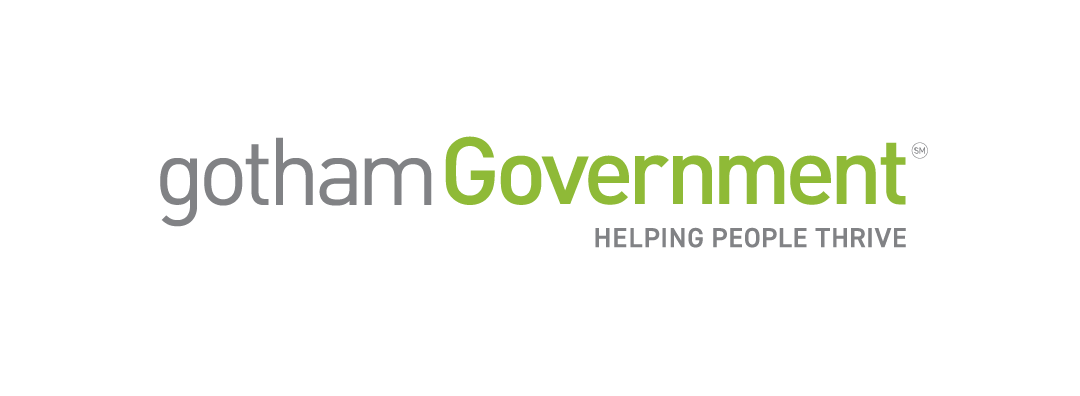As much as you may believe in your heart that two, equally qualified people should have equal opportunity to thrive professionally, the fact is, this isn’t the reality in many cases. There is a wealth of research that supports the notion that the strength of a person’s network has a significant impact on their ability to successfully manage their careers and to gain access to opportunities that others may have access to.
LinkedIn, the premier professional networking platform has utilized their massive wealth of user data to understand how a person’s network not only supports their long-term success but what factors contribute to (or stifle) a person’s ability to develop healthy networks throughout their lives.
Meg Garlinghouse shared these insights in her article on the LinkedIn Official Blog
- Where you grow up. LinkedIn users who grow up in areas with a median income above $100k are 3x more like to have a stronger* network than other users.
- Where you go to school. Users who attend top schools are 2x more likely to have stronger networks.
- Where you work. Users who have work experience at a top company are nearly 2x more likely to have stronger networks.
This ‘network gap’ presents a reality that can hinder career opportunity for some simply based on factors that are partially, or completely, out of their control. Read More…










